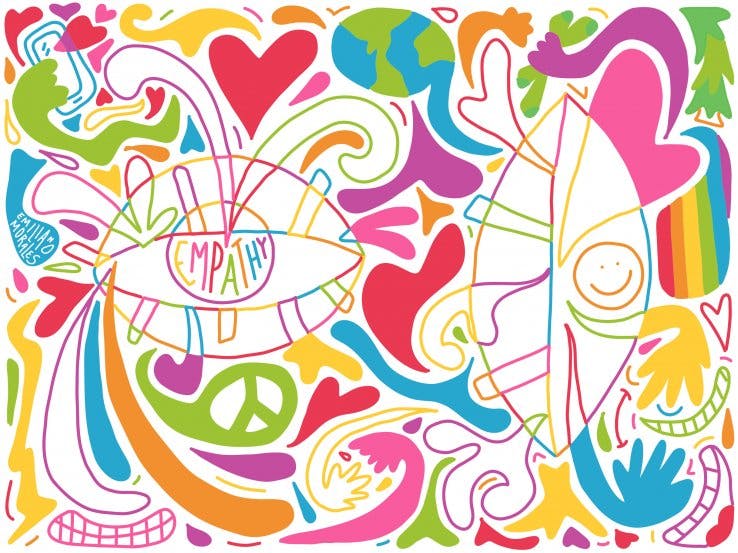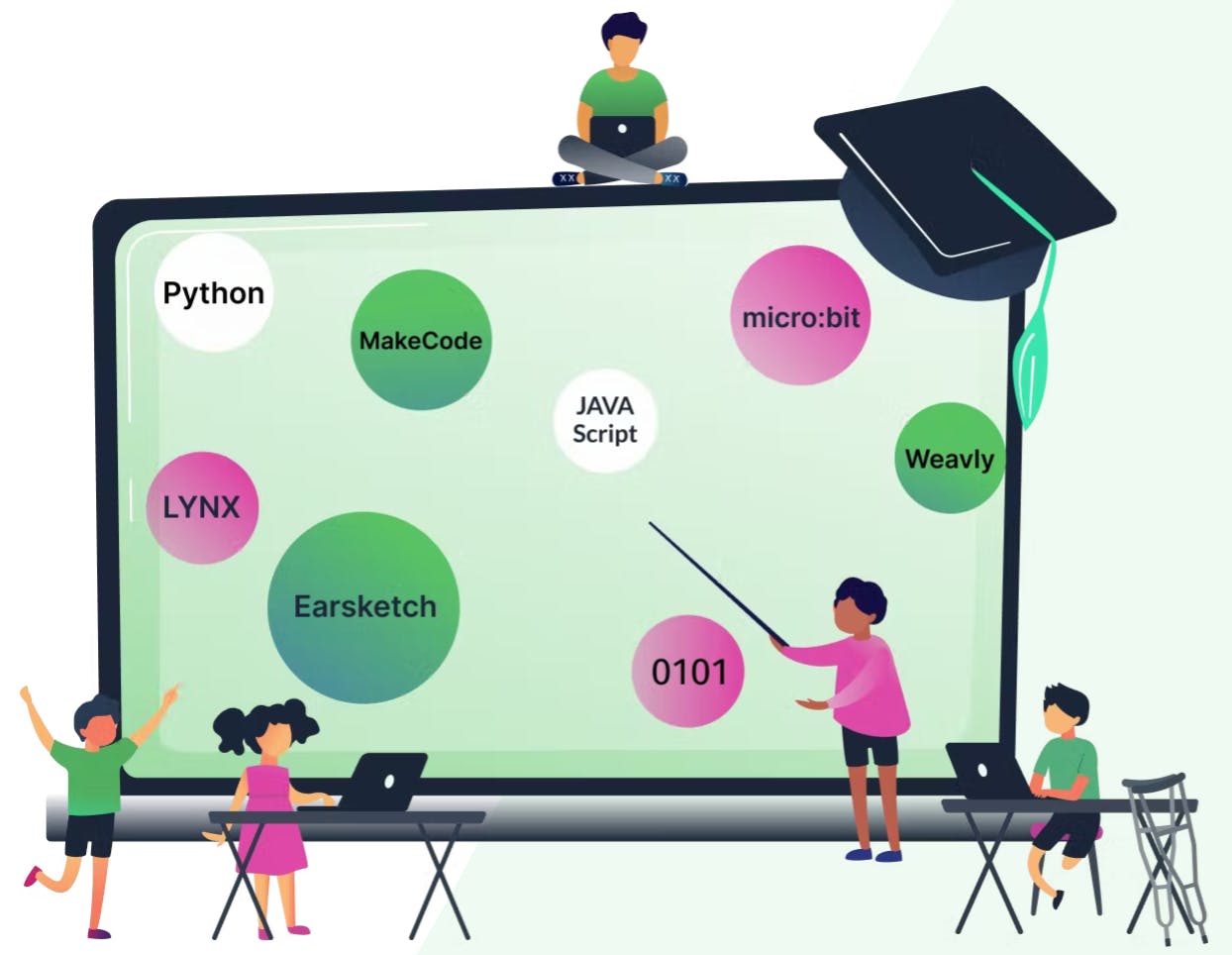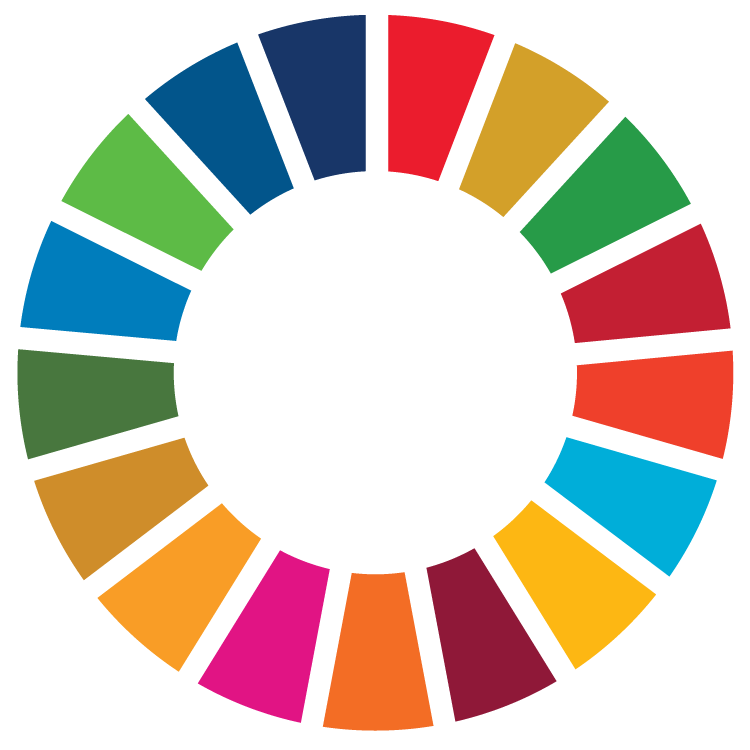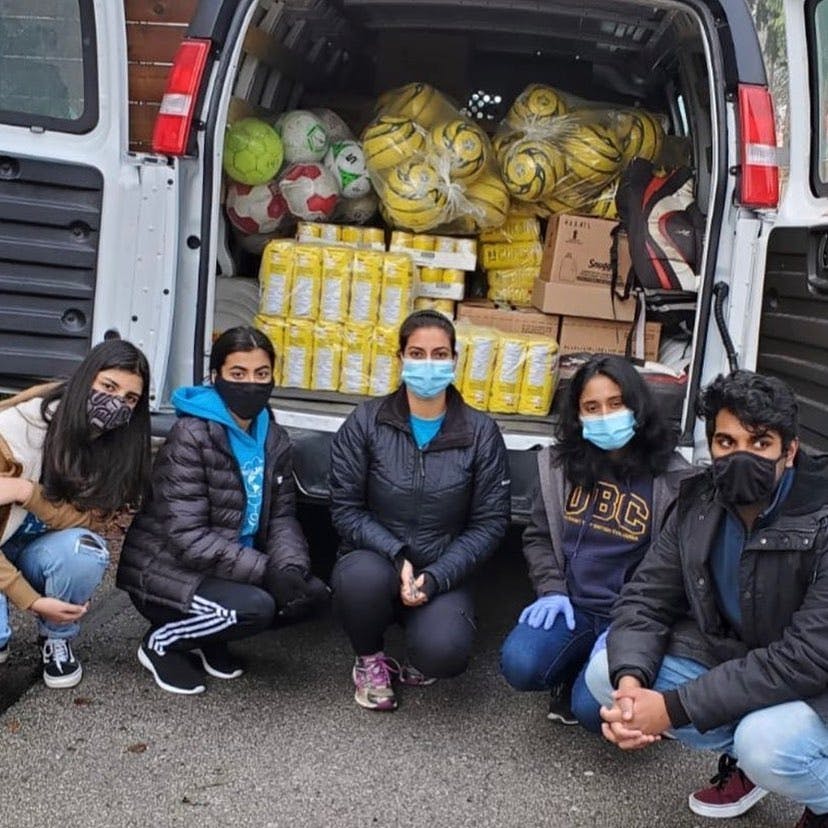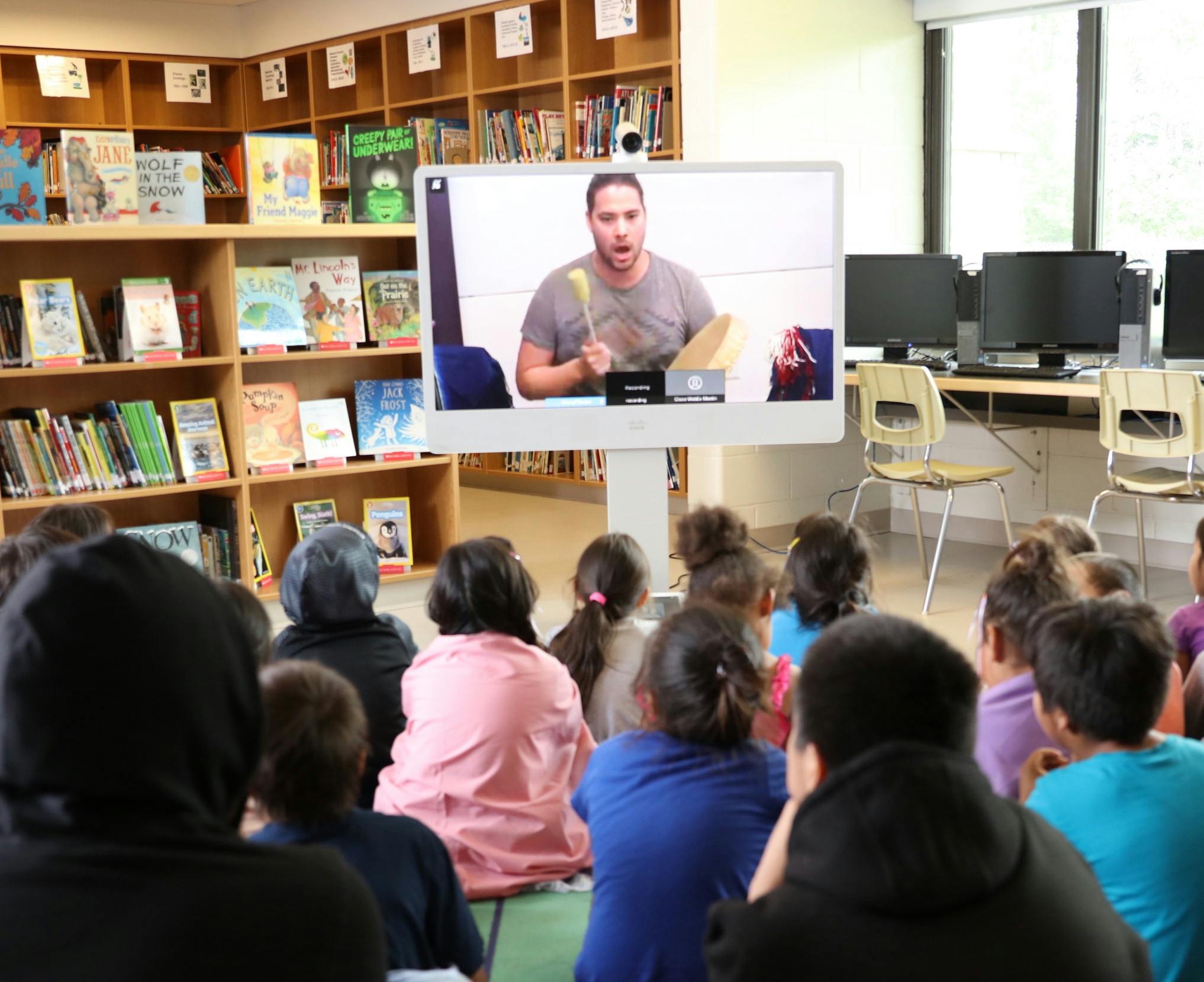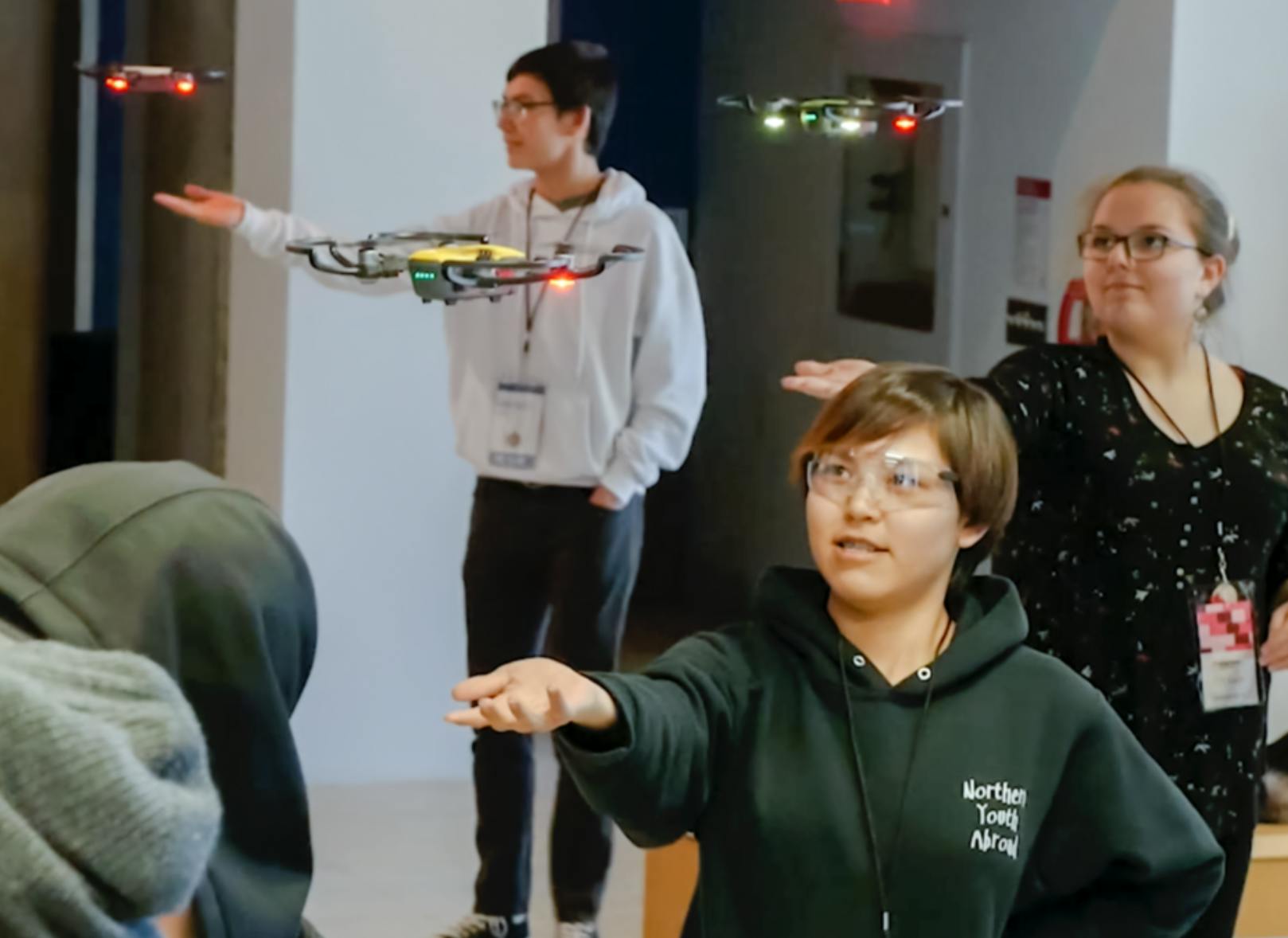Child Soldiers: A Webquest
Description

Around the world today, children are not only the victims of war, but also the participants. At any one time, more than 250,000 girls and boys under the age of 18 are fighting in armed conflicts. These young soldiers are part of government forces and armed opposition groups in more than 30 locations worldwide. And while many child soldiers are between the ages of 15 and 18, some are as young as 7 years old.
Throughout this WebQuest you will find all the resources you need to develop a response to a fundamental question:
What should be done about child soldiers?
In essence, this WebQuest is a consensus-building task. Students will be exposed to different points of view and will be given practice in communicating their position to others in a simulated governmental forum. Once the different policy recommendations have been presented, students will be asked to write about the recommendation(s) they feel are most appropriate.
Time Required: Feel free to tailor this WebQuest to the interests—and age—of your students, and available time. It's important to note that each of the steps of the WebQuest work sequentially, and that most steps have one or more related activities. However, students don’t need to do all of the steps or activities in order to have rich learning experience.
Learning Objectives
Knowledge/Content
Students will:
-learn why some children become child soldiers, and what happens to them during and after armed conflict
-gain an in-depth knowledge of the CRC, OP and other UN actions on the issue of child soldiers
research the geographical, historical, political, social, and other factors in a particular country that give rise to war and/or use of child soldiers
-evaluate the costs and benefits of being, and using, child soldiers
-consider ways to prevent the use of child soldiers
learn what is involved in rehabilitating child soldiers and reintegrating them into society
Skills
Students will learn how to:
-research information on the Internet
read and understand international treaties
-analyze/compare and contrast personal, national and international standards and laws
-interpret and apply data about a country to solve a social problem
-work as a group on a problem
-make a strong oral argument for one's position
In addition, working on this WebQuest will help students develop/enhance their skills in:
note-taking
close-reading
public speaking
essay writing
Attitudes
Students will:
-learn more about, and empathize with, the problems facing youth around the world
-gain an understanding of others' perspectives by considering the concerns and commitments of people in a variety of roles and situations
-enhance their ability to cooperate with people who have different perspectives
-gain confidence in their ability to take action on an issue
Action
Depending on the action they choose in Step #7, students will learn how to share information about an issue and/or consider ways that issues can be resolved through the actions of ordinary people.
Teaching Process
Direct students to the Child Soldiers Webquest: http://cyberschoolbus.un.org/childsoldiers/webquest/
Follow the seven steps outlined by the webquest:
1. Setting Age Limits
2. Exploring Children's Human Rights
3. Choosing a Country
4. Researching why Child Soldiers are Used
5. Developing a Policy
6. Conducting a Legislative Assembly
7. Taking Action
Teachers Notes
To view an overview of the webquest and each of the seven steps students will explore, visit:
http://cyberschoolbus.un.org/childsoldiers/webquest/teachers2.asp
Assessment/Evaluation
This WebQuest includes three grading/scoring rubrics for your use. They're used in:
Step #2: Comparative essay
Step #4: Presentation, role-play, written interview
Steps #5 and #6: Research report including proposed legislative recommendations
Feel free to use them as is, or adapt them to fit your own needs.
Note: It is recommended that you share the grading/scoring criteria with the students as they are preparing their assignments, so that they know upon what their grade will be based.
Site Tools
Other Tools
computers with internet access
Creative Commons
This work is licensed under a Creative Commons License.
Share: Tweet
Administration:Edit Resource
Source:GreenLearning
Resource Type:Lesson Plan
Subject(s):Technology and Skilled Trades, Social Studies, Global Studies,
Topic:Human Rights, Peace & Conflict,
Level:Secondary



